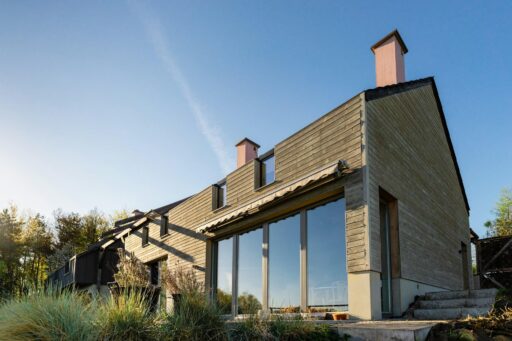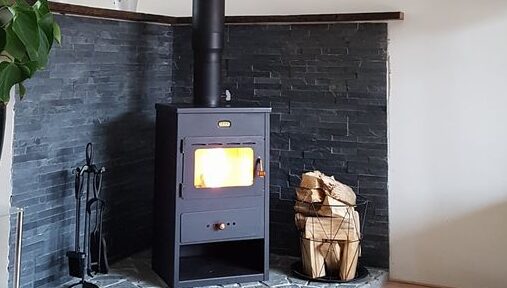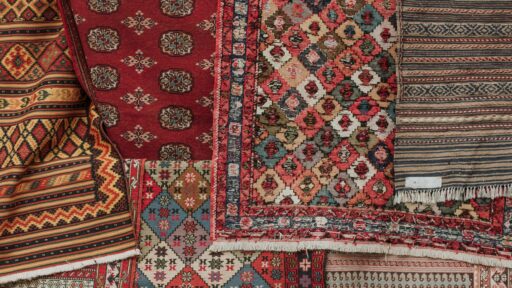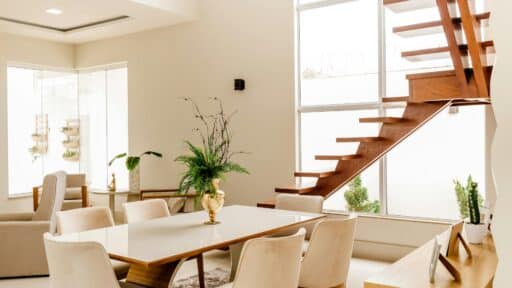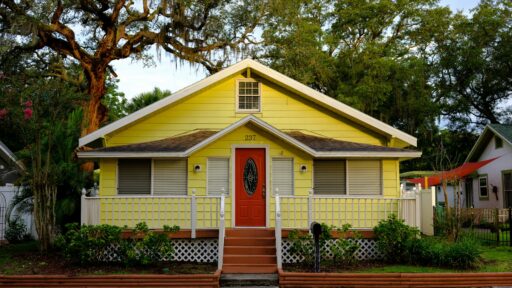Steel vs Wood for Home Add-Ons: Which One Actually Saves You More?
Homeowners planning an extra garage, studio, or guest suite often face a tough question: Should you build with steel or wood? Both materials can create durable, attractive add-ons, yet they differ in cost, maintenance, and performance over time. Making the right call early can save thousands later, not only on materials but also on repairs, upkeep, and energy use. When deciding between steel and wood, think beyond initial costs. The cheaper option at the start isn’t always the one that lasts longer or performs better through decades of weather and wear.
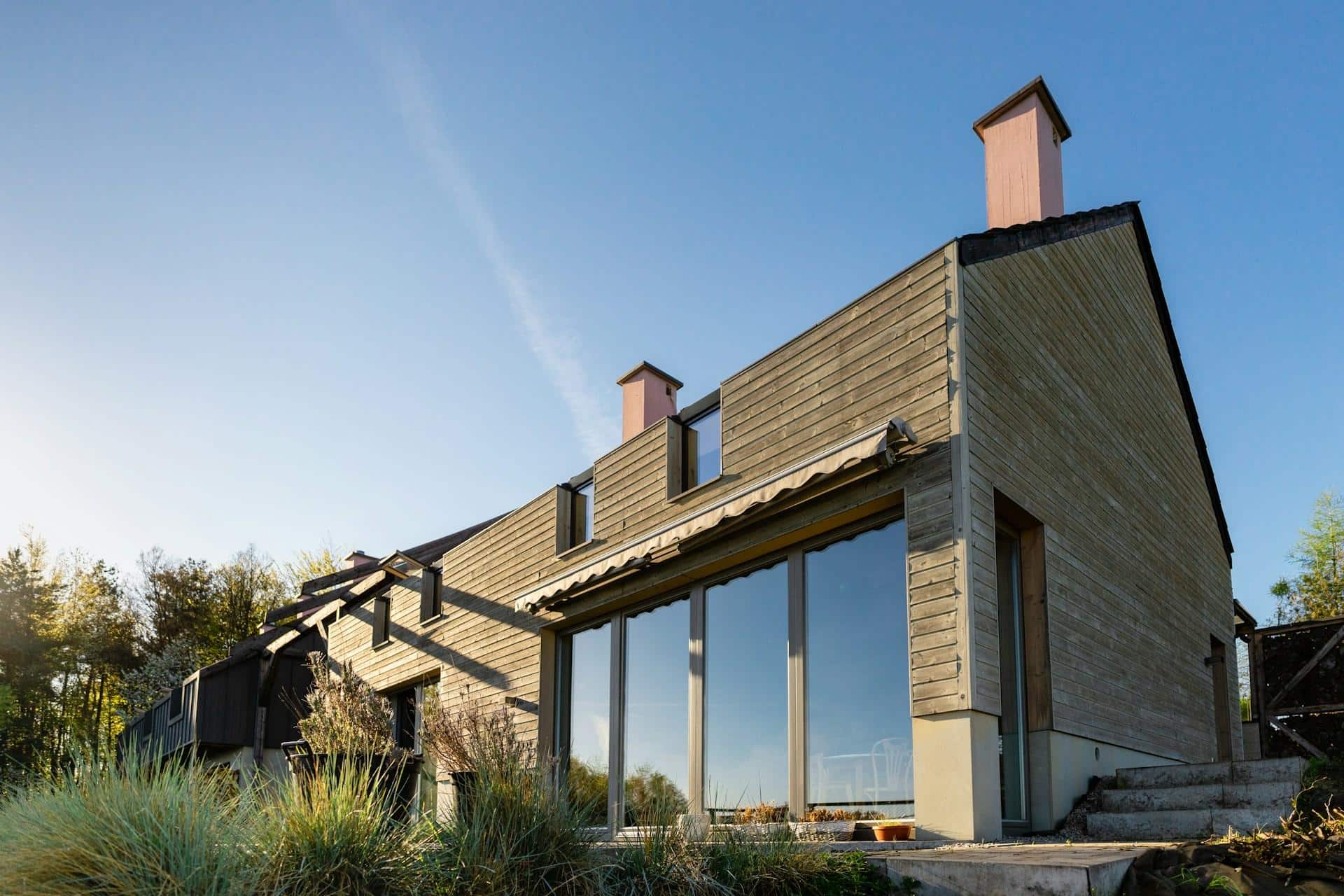
Easiest Way to Expand: Pre-Designed Steel Structures
For homeowners who value efficiency and reliability, steel building home kits have become a smart solution. These kits come pre-engineered, meaning each piece fits precisely with minimal waste or adjustment. That precision saves both money and time, as builders can complete projects faster without expensive corrections.
Another key advantage is predictability. With wood, moisture and temperature shifts often lead to warping and uneven finishes. Steel, in contrast, maintains its shape and alignment through every season. Doors and windows fit tightly, insulation layers stay intact, and the overall structure remains sound for decades. The result is a clean, low-maintenance add-on that performs consistently year after year.
Durability That Outlasts Decades
One of the biggest financial advantages of steel lies in its lifespan. A properly coated steel frame can last 50 years or more with little upkeep. Termites, mold, or rot never pose a threat. Homeowners save by avoiding treatments, inspections, and costly structural repairs that often come with wood construction.
Wood structures can still perform well when maintained, yet they require consistent care. Protective coatings, pest prevention, and humidity control all add up over time. Steel’s durability also means fewer insurance claims after storms or fire incidents, as its resistance to wind and flame reduces overall risk.
When Wood Still Wins
Despite steel’s modern appeal, wood remains popular for smaller or aesthetic projects. For example, if your goal is to match an existing home’s rustic or traditional style, wood offers natural warmth and texture that’s hard to mimic. It’s also easier to modify on-site, allowing quick cuts or adjustments during framing.
Upfront costs can be slightly lower for wood in smaller add-ons, particularly when local lumber prices are stable. Some homeowners prefer it because they can handle minor repairs themselves without specialized tools. Still, these short-term savings often fade once long-term maintenance and replacements are factored in.
Energy Efficiency and Comfort
Energy savings are another deciding factor. Steel conducts heat faster than wood, which means insulation becomes a key part of steel design. Builders compensate by using insulated panels or thermal breaks that prevent heat transfer and keep interior temperatures stable. Once set up properly, these systems can outperform traditional framing in both energy efficiency and sound control.
Wood naturally insulates better on its own, but is more prone to gaps and air leaks as it ages. Over time, expanding and contracting joints can allow moisture or drafts to sneak through. A well-sealed steel add-on tends to hold consistent comfort levels year-round with fewer temperature swings between rooms.
Cost Over Time: Where Real Savings Happen
When comparing the total cost of ownership, steel often wins after the first decade. Although initial expenses can be higher than wood, the long-term math shifts when you include repainting, repairs, pest treatments, and replacements. Steel add-ons rarely need any of those.
Energy bills also tend to decrease thanks to improved sealing and modern insulation systems. Homeowners who choose steel find that their structures maintain resale value longer because they don’t deteriorate or show wear as quickly. Wood may look charming early on, yet age and weather quickly reveal maintenance gaps.
Building Speed and Labor Savings
Construction speed plays a big role for homeowners who want quick results. Steel kits arrive ready to assemble, with pre-cut panels and anchor points that reduce construction time dramatically. Fewer on-site adjustments mean smaller labor crews and lower hourly costs. For add-ons like garages or workshops, projects can finish in weeks instead of months.
That efficiency matters not only for new additions but also for apartment renovations or conversions. When homeowners upgrade existing spaces, faster build times minimize disruption and reduce expenses linked to delays. It’s one more reason steel kits have become a favorite among both builders and homeowners seeking reliability and control over their timelines.
Wood projects often face delays due to weather or inconsistent lumber quality. When materials swell or shrink, adjustments become necessary, which slows progress. With steel, those issues disappear, allowing builders to maintain tight timelines and clear budgets from start to finish.
Sustainability and Environmental Impact
Sustainability now influences many building decisions. Steel is highly recyclable, and much of what’s produced today already includes recycled content. At the end of its life cycle, nearly 100 percent of a steel frame can be reused without loss of strength. That makes it one of the most sustainable structural materials available.
Wood, while renewable, contributes to deforestation when not sourced responsibly. Sustainable timber options do exist, yet global demand has pushed forest depletion rates higher. When comparing environmental footprints, steel’s recyclability and longevity often offset the higher energy used during its initial production.
Common Misconceptions About Steel Add-Ons
Many homeowners assume steel buildings look too industrial for residential use. Modern designs prove otherwise. With options for textured finishes, custom trims, and color-matched panels, today’s steel add-ons can blend seamlessly with any home style—from farmhouse to contemporary minimalist.
Another misconception is that steel structures feel noisy or cold. Insulated panels eliminate sound echo, and interior finishes like drywall or wood accents can soften the look and feel easily. Proper ventilation and insulation balance temperature naturally, making steel spaces just as cozy as wood ones.
Making a Smart Choice for Long-Term Value
In the end, your choice depends on priorities. If your focus is on durability, reduced upkeep, and long-term cost control, steel stands out as the more economical solution. For homeowners seeking charm or flexibility for smaller projects, wood can still work when maintained properly. Think of it this way: wood may start cheaper, yet steel often ends cheaper. When you calculate maintenance, energy savings, and resale potential together, steel frequently comes out ahead, offering both modern appeal and lasting value for any home addition.

